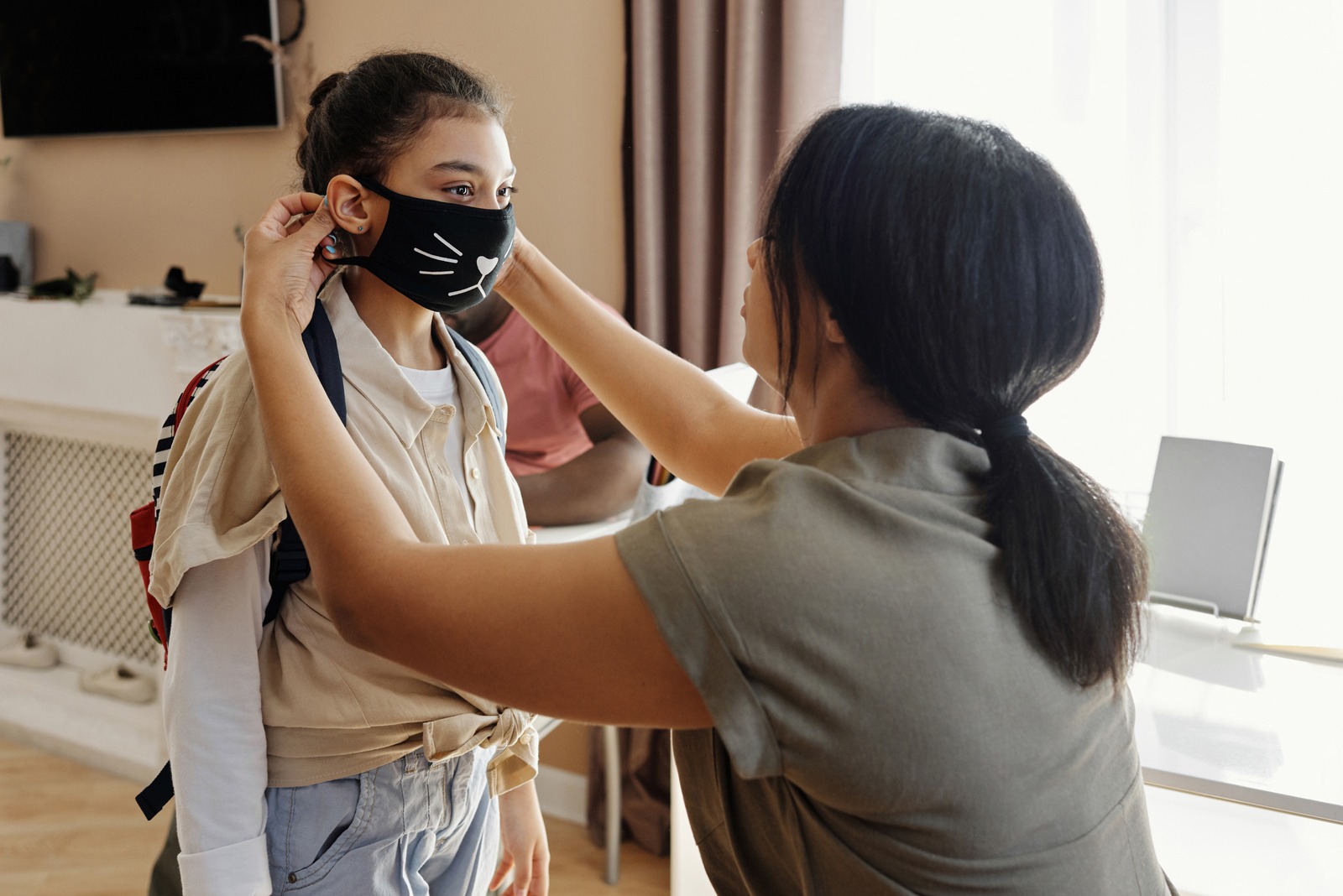Managing Re-Entry Anxiety as COVID-19 Restrictions Ease

When stay-at-home orders first became necessary, our lives changed in so many ways and the pandemic introduced a long list of reasons to feel anxious. As the curve flattens and restrictions lift, some people are eager for a sense of normality, while others are feeling more overwhelmed than ever at the thought of leaving their bubbles and returning to a version of their pre-COVID-19 routine. You’re not alone if everyday activities like taking public transit, sending kids to school, or getting a haircut are creating increased fear and anxiety. Experts have even coined this new consequence of COVID-19, “re-entry anxiety”. Essentially this is a fear of the unknown and a heightened sense of threat in response to the loss of the safety that lockdown created. If you are experiencing anxiety around returning to life after quarantine, here are some tips to help you cope while still staying safe and vigilant:
Take Things Slow
As different parts of the province move into stages of re-opening, this doesn’t mean that you have to jump back into things. Ask yourself what activities you are comfortable with and what makes you feel uneasy to help you take appropriate risks. Try to keep your first outings small and short and slowly ease your way into more public spaces for longer periods of time—while always following Public Health guidelines. The more safe and successful exposures you have, the less overwhelmed you will likely feel. Just because restaurants may be open for dining, you may only want take-out for a while, for example.
Stay in Your Own Lane
Re-opening the country doesn’t mean the same thing for everyone. The risk you feel comfortable taking, as well as your needs and concerns may be different from other people in your life, so try to avoid comparing your decisions to others’ or feeling pressured to participate in activities that you are not yet comfortable with. Be thoughtful about who you are engaging with socially and know that it’s okay to set boundaries if others aren’t on the same page as you.
Focus on What You Can Control
Uncertainty and anxiety go hand-in-hand. If you catch yourself focusing on the unknowns like how long the pandemic will last, when a vaccine will be developed, how this will affect the economy, or what will happen if there’s a second wave, try to shift your attention to the many things that you actually can control. Actions like wearing a face covering, following physical distancing guidelines and washing your hands diligently, will help you feel more confident with your decisions as you slowly ease back into daily life. Restricting how much media coverage you allow yourself to consume and how often you talk about the pandemic will also help you feel more in control.
Practice Self Care
Recognize that your feelings are normal and valid and try finding the right coping strategies to help you manage. Do more of the things you enjoy and feel safe doing such as baking, running, gardening, journaling, yoga or connecting with friends, either virtually or in a physically-distanced way, to help you reduce stress and calm your body and mind. It’s also as important now as it was during the lockdown to stay physically active, get enough sleep and eat as well as possible.
When to Get Help?
Healthy levels of anxiety can help motivate you to follow Public Health guidelines and make safe re-entry decisions. But if you notice that your anxiety has become overwhelming and is affecting your day-to-day life, it may be time to reach out to a professional. Here are some signs that you could benefit from extra help and support:
- You can’t think about anything else other than COVID-19.
- You regularly experience symptoms or have had multiple tests.
- You are stockpiling certain supplies.
- You are having difficulty concentrating, working or caring for yourself or your loved ones.
- You feel significant distress when you leave your home.
- You often feel angry and hopeless.
- You aren’t sleeping well or are sleeping too much.
- You are experiencing physical symptoms like shortness of breath, chest pain, panic attacks, sweating, nausea or stomach pain.
Your family doctor, psychologist or another health professional can help you find more strategies to manage your anxiety or suggest medications that may be beneficial. Telehealth services through your primary care provider or a therapist or free apps like Anxiety Canada’s MindShift are also great ways to get the support you need from home.
You may also like:
